universityofmichigan
Latest
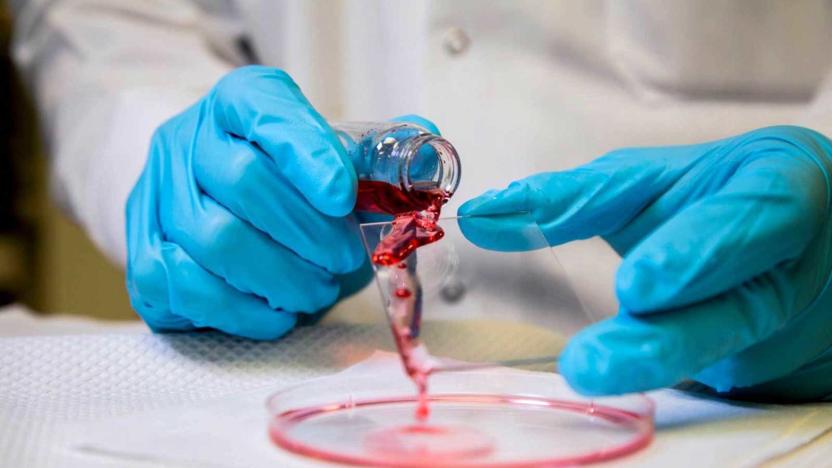
Navy backs 'omniphobic' coatings to help ships travel farther
Researchers have already explored the idea of using water-repellent ship coatings that let ships travel faster and farther. The US Navy, however, is taking things a step further. It's backing University of Michigan work on an "omniphobic" coating that shrugs off virtually any liquid (it'll even fend off peanut butter) while lasting for a long time. Ships could theoretically glide through the water without nearly as much friction as ordinary vessels, consuming less fuel and traveling longer.
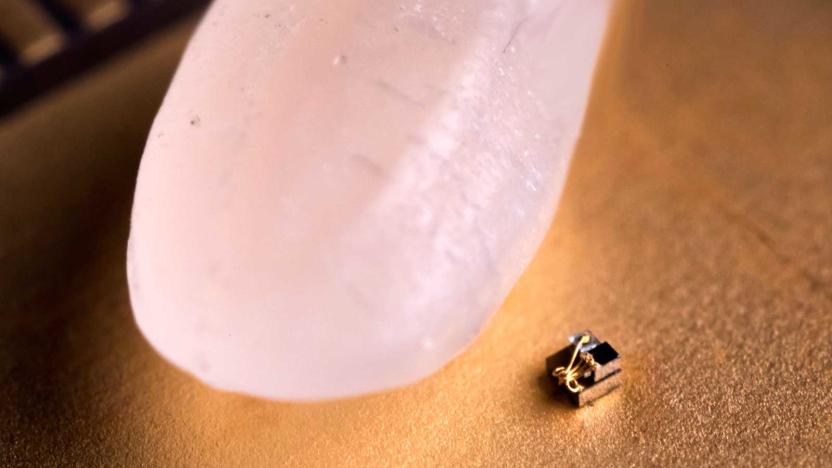
World's tiniest 'computer' makes a grain of rice seem massive
You didn't think scientists would let IBM's "world's smallest computer" boast go unchallenged, did you? Sure enough, University of Michigan has produced a temperature sensing 'computer' measuring 0.04 cubic millimeters, or about a tenth the size of IBM's former record-setter. It's so small that one grain of rice seems gigantic in comparison -- and it's so sensitive that its transmission LED could instigate currents in its circuits.
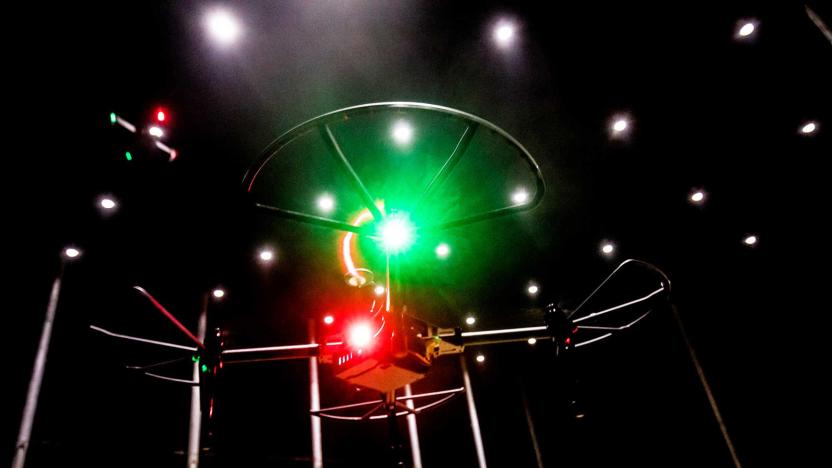
University of Michigan launches outdoor lab for autonomous drones
The University of Michigan's autonomous vehicle testing grounds are no longer limited to earthbound machines. It just opened M-Air, a 9,600 square foot, four-story facility designed for testing autonomous aircraft outdoors. The complex lets researchers test drones in realistic lighting and wind conditions, but includes netting that prevents wayward drones from smacking into people or other aircraft. The addition enables the kind of experiments that would previously have required permission to fly outside.

Cuba's 'sonic attacks' may have been a side-effect of spying
Remember those 'sonic attacks' against the American and Canadian embassies last summer, making staff queasy and raising all kinds of questions as to what happened? There might be an answer. University of Michigan researchers have theorized that the incidents were really the result of ultrasonic signals from poorly functioning surveillance equipment. While individual ultrasonic signals can't harm people outside of extreme circumstances, multiple signals can clash with each other and produce a sound that's just low enough to be audible.
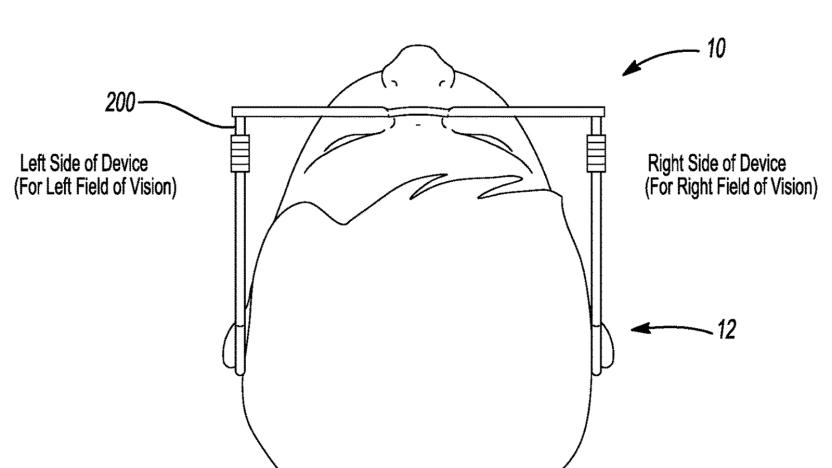
Glasses could prevent motion sickness in self-driving cars
Never mind festooning a self-driving car in lights and other devices to fend off motion sickness -- you might just have to slip on some eyewear. University of Michigan researchers have patented a system that could use glasses or a headset to prevent a disconnect between your sense of motion and what you see. The approach would use a set of sequentially activated light pipes that would imitate the movement of the autonomous vehicle in your peripheral view, giving your body a frame of reference while freeing you to check your phone without getting sick.

Science has a solution for that constant ringing in your ear
Apparently, around 2 million Americans can't work because of tinnitus, and it's also the most common service-connected disability in veterans. The condition doesn't have a cure yet, but those suffering from it might not have to endure all the phantom ringing, clicking and hissing for life, thanks to a device developed by researchers from the University of Michigan. Their creation treats tinnitus by using precisely timed sounds and weak electrical pulses designed to persuade damaged nerves in the region of the brainstem called dorsal cochlear nucleus into working correctly again.
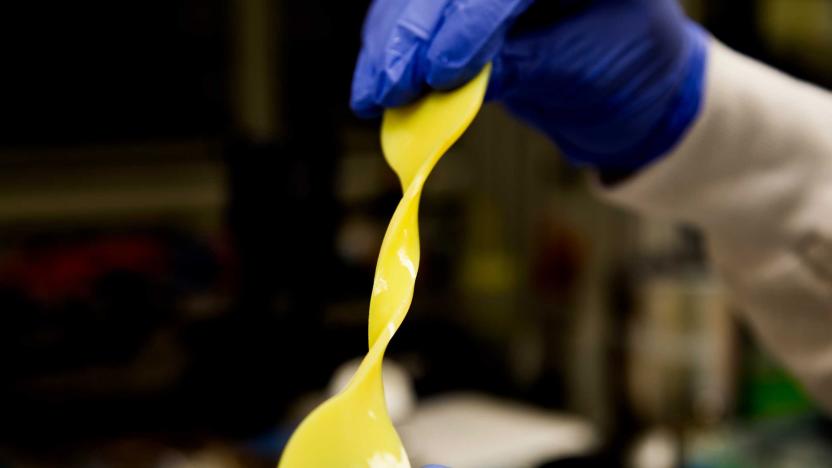
Kevlar cartilage could help you recover from joint injuries
It can be difficult to fully recover from knee injuries or other damage to your joints, if just because there hasn't been an artificial replacement for cartilage that can withstand as much punishment as the real thing. That may not be an issue in the long run, though: scientists have developed a Kevlar-based hydrogel that behaves like natural cartilage. It mixes a network of Kevlar nanofibers with polyvinyl alcohol to absorb water at rest (like real cartilage does in idle moments) and become extremely resistant to abuse, but releases it under stress -- say, a workout at the gym.

Researchers test method to print mass-market medications
University of Michigan researchers have developed a technique to print medications onto a disposable strip or patch. In tests, these were just as effective as traditionally-produced medications at destroying cultured cancer cells. What's more, the technique prints multiple medications at once, which could be much more convenient for patients who take many prescriptions daily.
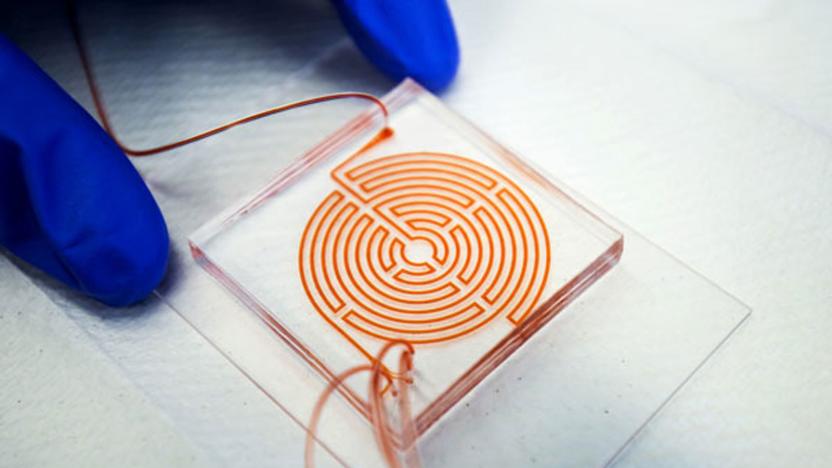
Maze-like chip helps spot aggressive cancer cells
It's difficult to spot cancer cells -- just one in a billion blood cells are cancerous. How do you isolate them to know the trouble someone is facing and eventually treat it? By drawing the kind of mazes you enjoyed as a kid, apparently. Researchers have developed a microfluidic chip that uses a circular labyrinth to separate cancer cells from the rest of your bloodstream and spot the stem-like cells that will aggressively spread that cancer. Ultimately, it's a creative use of physics. The curves tend to push larger cancer cells forward (smaller regular cells cling to the walls), while the corners mix things up and put white blood cells in an ideal position.

Amazon's next docuseries follows the U of M football team
Not content with its NFL bragging rights, Amazon now wants in on college football. Instead of livestreaming games, it's settling for a docuseries. The eight-part show from Big Ten Network will offer a comprehensive look at the University of Michigan football program.

Smart code helps your phone browse the web twice as quickly
Many attempts at improving the speed of mobile web browsing involve some obvious sacrifices: Google's Accelerated Mobile Pages alter how you view the pages, while proxies introduce the risk of someone intercepting your sensitive data. Researchers have found a way to boost performance without those compromises, though. Their Vroom architecture loads mobile websites up to twice as quickly by optimizing how a site loads, no matter how that site is built -- even an AMP page stands to load faster. It boils down to loading more of the site at once, rather than the back and forth that usually takes place.

Plastics breakthrough could improve your car's mileage
A new thermal engineering process could make it viable to use lighter plastic product components in things such as vehicles, LEDs and computers. Until now, the material has been overlooked for certain applications because of its limitations in dissipating heat, but scientists from the University of Michigan have found a way to change plastic's molecular structure, making it as thermally conductive as glass. This advanced plastic could make products lighter, cheaper and more energy-efficient, and would be particularly useful in electric vehicle manufacturing since weight has a direct bearing on range.
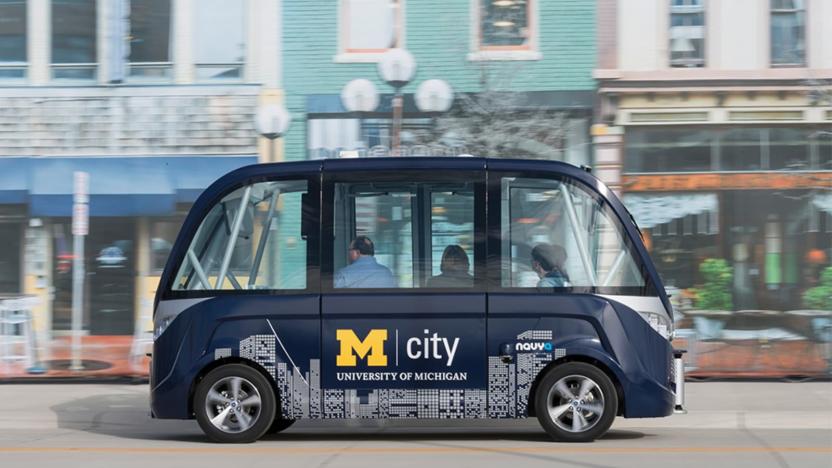
Self-driving cars are safer when they talk to each other
Most current self-driving technology relies on cameras, radar and lidar. These sensory devices serve as eyes for the car, mimicking what a human driver can see. But a University of Michigan public-private partnership called Mcity is testing V2V, or vehicle to vehicle communication, and has found that it makes their autonomous prototypes even safer.

Self-driving shuttles are coming to the University of Michigan
The University of Michigan is a hotbed for self-driving car research, so it stands to reason that students and faculty should use self-driving vehicles to get around, right? The university clearly thinks so. Mcity (the university's public-private partnership) is launching a free driverless shuttle service that will see two 15-passenger Navya Arma vehicles transport people between the university's North Campus Research Complex and the Lurie Engineering Center. This will make the 2-mile trip easier for travelers tired of taking campus buses, as you might guess, but it'll also serve as an experiment in its own right.

Researchers find a more effective way to test self-driving cars
It's tricky to test self-driving cars. Even if you have hundreds of thousands of miles under your belt, it's still difficult to account for every possible real-world peril. Researchers think they can fast-track that experience, however. They've developed a sped-up testing process that should accomplish a lot in just a small amount of time. Instead of a holistic approach that gauges everything at once (and often goes for miles without a meaningful event), the new method breaks things down into individual components you can test frequently and repeatedly in simulations. If you want to gauge the car's reaction to someone cutting you off, for instance, you just focus on that -- you use stat analysis to determine how the car would behave in "boring" moments.

Tough water-repellent coating could lead to faster ships
You've no doubt seen footage of water-repellent coatings that seemingly defy the laws of nature. However, they have a catch: they're often too fragile to be useful in situations where they're likely to face a lot of abuse, whether it's the clothes on your back or a ship on the ocean. Researchers may finally have a solution that's tough enough to survive these conditions, however. They've developed a coating whose combination of fluorinated polyurethane elastomer and a complex, extremely hydrophobic molecule can self-heal "hundreds" of times despite phenomenal levels of abuse. It'll recover from direct strikes, burns, chemical attacks and even ultrasonic blasts.
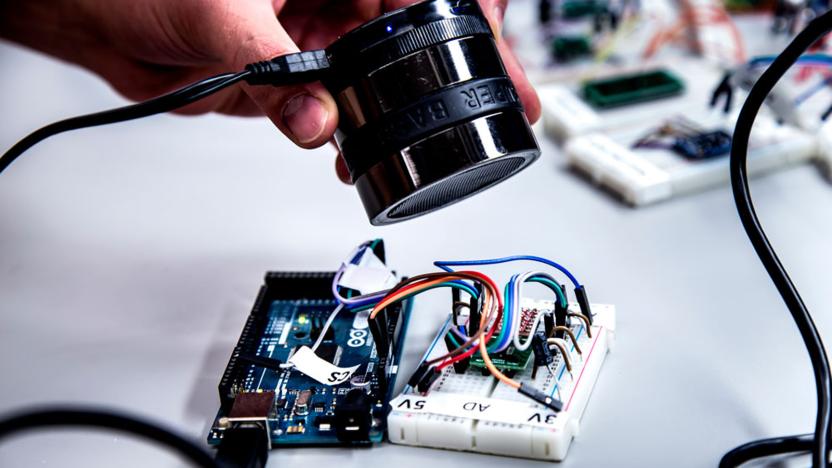
Sound waves can be used to fool your phone's motion sensors
It's tempting to assume that the sensors on your mobile devices are trustworthy. Surely something that relies on real-world activity can't lie, right? Unfortunately, that's no longer the case. Scientists have discovered that you can fool mobile devices' motion sensors into registering non-existent data by playing the right sounds. The technique involves playing a tone at the resonant frequency for the spring structures inside accelerometer chips, much in the same way as you might shatter a wine glass. It's not strictly hacking (not in the conventional sense, anyway), but it could lead to an outsider taking control of motion-related features in the right circumstances.

Laser pulse study could lead to ultrafast computers
Computers that run 100,000 times faster than current ones can change life as we know it. They could help discover distant planets more quickly or diagnose illnesses much, much earlier than usual, among other things. A team of researchers, including engineers from the University of Michigan, believe they've found a way to achieve that goal using extremely short laser pulses. The researchers have demoed a method to control "femtosecond" (one quadrillionth of a second) pulses of light that can move electrons quickly and efficiently. U of Michigan says it's a step toward "lightwave electronics," and eventually, quantum computing.
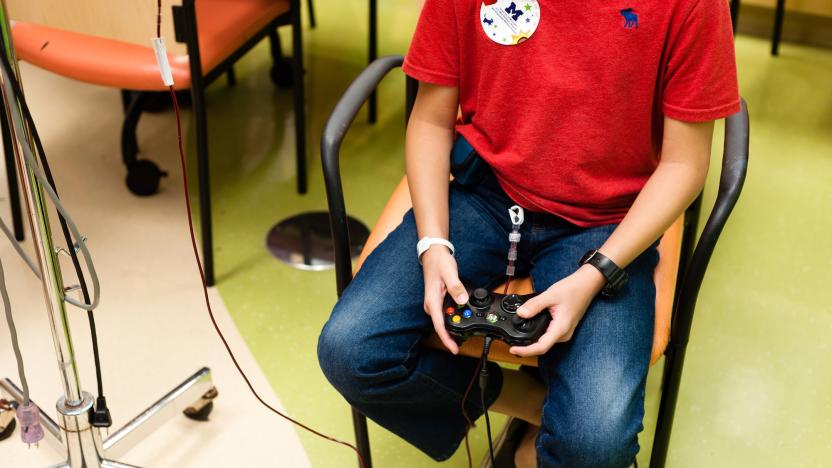
The charity that wants video game karts in every hospital
In many ways, Jonathan Watson is like other 11-year-olds. He does his homework, dreams of becoming a doctor and plays video games when he can. Depending on the day, his favorite is either Minecraft or The Elder Scrolls V: Skyrim. Unlike most kids his age, though, Jonathan is at the hospital every three weeks for blood transfusions -- a procedure that can take up to six hours at a time. When I visited him at Mott Children's Hospital in Ann Arbor, Michigan, he wasn't slaying dragons or building a pixelated fortress; he was replaying the opening levels of Rayman Legends on a kart that had just been wheeled in. The kart was donated by a local Eagle Scout who raised funds through the Gamers Outreach Foundation (GO), a nationwide charity that puts medical-grade gaming equipment in hospitals around the country. The "GO Kart" Jonathan was using included everything needed to play video games: a modest Samsung television, an Xbox 360 (though any console will fit) and a pair of gamepads. The kit itself is hardly revolutionary, but anyone who's schlepped their gear to a LAN party can appreciate the simplicity of this rolling, self-contained setup. At Mott and 19 other hospitals around the country, they're the most popular "toy" available. And when you're a kid with a medical condition like Watson's, it's easy to see why.

Spaceflight changes the shape of the human brain
The human brain reshapes itself during spaceflight, according to a study by a team of scientists from the University of Michigan. They came to that conclusion after comparing the structural MRIs of 12 astronauts who only spent a couple of weeks as ISS crew members against 14 who spent six months aboard the space station. Apparently, they saw both an increase and a decrease in gray matter in different parts of the brain, and those changes are more pronounced in the subjects who spent the most time in orbit. In short the more time you spend in space, the more gray matter gets displaced.






